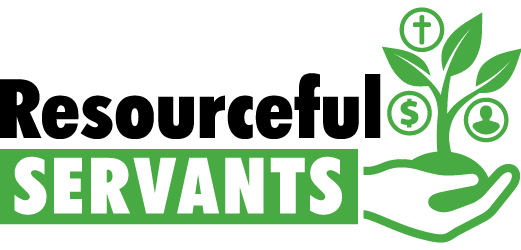Steward Cash and Monetary Assets
Adequate and sustainable cash flow is critical to fund congregational ministry and mission through the timely paying of bills, including payroll and building expenses. To ensure this is done properly, congregations should forecast monthly needs, track actual results and have a plan for surpluses and deficits (such as internal reserves or a line of credit). Good stewards trust in God’s abundance; they also use God’s gifts of logic and rationality to anticipate month-by-month realities.
Longer-term investment and endowment accounts need to be managed separately from operating accounts, and larger cash reserves should be stewarded appropriately to minimize risk and maximize returns. Procedures are necessary to process offerings and to handle gifts of stocks, bonds and mutual funds. Avoid spending funds beyond their designations or restrictions or adding debt or selling physical assets to fund operations unless there is a greater plan to bring income and expenses back into balance.
Congregations can work on multi-year projections tied to longer-term vision and mission as an opportunity for improvement.


